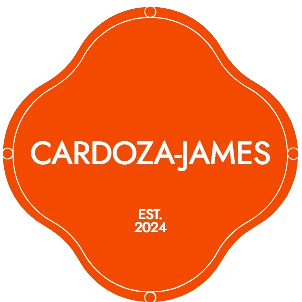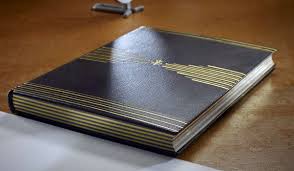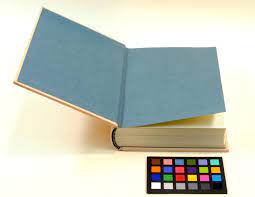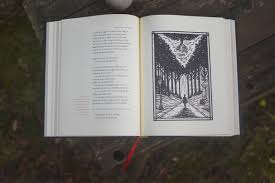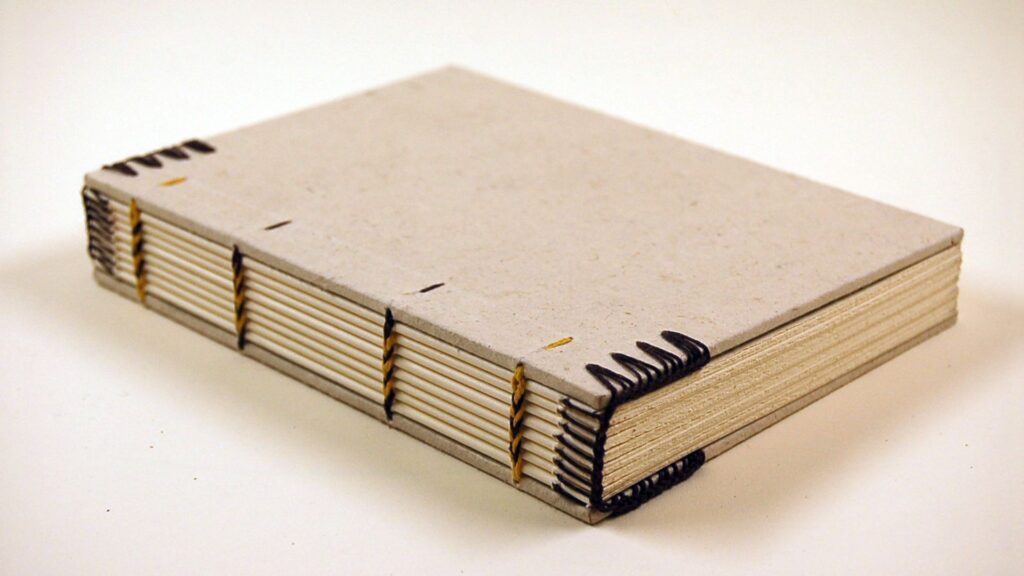
Coptic stitch binding is an ancient bookbinding technique originating from early Christian Egyptian (Coptic) communities around the 2nd century AD. Known for its exposed spine and intricate stitching, it allows books to lay completely flat when open, making it a favorite among artists, writers, and DIY enthusiasts.
This hand-sewn method is celebrated for both its structural durability and unique aesthetic appeal. Whether used for journals, sketchbooks, or art books, Coptic binding combines craftsmanship with functionality.

Key Features of Coptic Stitch Binding
-
Exposed Spine: The stitches are visible along the spine, creating a decorative element.
-
Lay-Flat Design: Pages open 180 degrees without strain, ideal for sketching or note-taking.
-
Durability: Strong thread and sewing technique provide a sturdy, flexible book structure.
-
No Adhesive Required: The binding relies entirely on sewing, avoiding glues or adhesives.
-
Customizable: Easily adapted for various sizes, paper types, and cover materials.
Materials Needed for Coptic Stitch Binding
-
Paper: Signatures or single folded sheets (usually 3-5 sheets per signature)
-
Thread: Waxed linen thread or strong embroidery floss for durability
-
Needles: Bookbinding or tapestry needles with large eyes
-
Cover: Two stiff boards (wood, chipboard, or heavy cardboard) for front and back covers
-
Awl or Punch: To create sewing holes in the signatures and covers
-
Bone Folder (optional): For crisp folds and page alignment
The Coptic Stitch Binding Process
Preparing Signatures and Covers
-
Fold pages into signatures.
-
Punch evenly spaced holes along the spine edge of each signature.
-
Punch corresponding holes in the cover boards.
Sewing the First Signature to the Cover
-
Thread the needle and anchor the thread inside the first signature.
-
Sew through the cover holes and back through the signature, creating a loop that secures the cover.
Linking Additional Signatures
-
Each subsequent signature is sewn through its holes and linked to the previous signature’s stitches using a chain-like loop.
-
This creates a flexible, braided spine without adhesives.
Finishing the Stitching
-
After the last signature is attached, the thread is tied off securely.
Applications and Uses of Coptic Stitch Binding
-
Art Journals: Perfect for artists needing flat pages to sketch or paint.
-
Photo Albums: Lay-flat pages enhance display and handling.
-
DIY Books: Popular in book arts and craft workshops.
-
Portfolios: Durable and visually appealing for showcasing work.
-
Specialty Notebooks: Ideal for writers or designers seeking unique handmade journals.
Advantages and Limitations
| Advantages | Limitations |
|---|---|
| Allows books to open flat without damage | Time-consuming and labor-intensive |
| No glue required; purely sewn binding | Spine is exposed and less protected |
| Decorative spine adds artistic flair | Not suitable for very thick books |
| Adaptable to various sizes and papers | Requires skill and patience to execute well |
Conclusion
Coptic stitch binding is more than just a technique—it’s a beautiful marriage of art, craft, and durability. Its exposed spine and lay-flat design set it apart from conventional bindings, making it ideal for artists, crafters, and anyone who values handmade quality.
Whether you’re creating a personal journal or a unique gift, mastering Coptic stitch binding offers both practical benefits and a timeless aesthetic.
